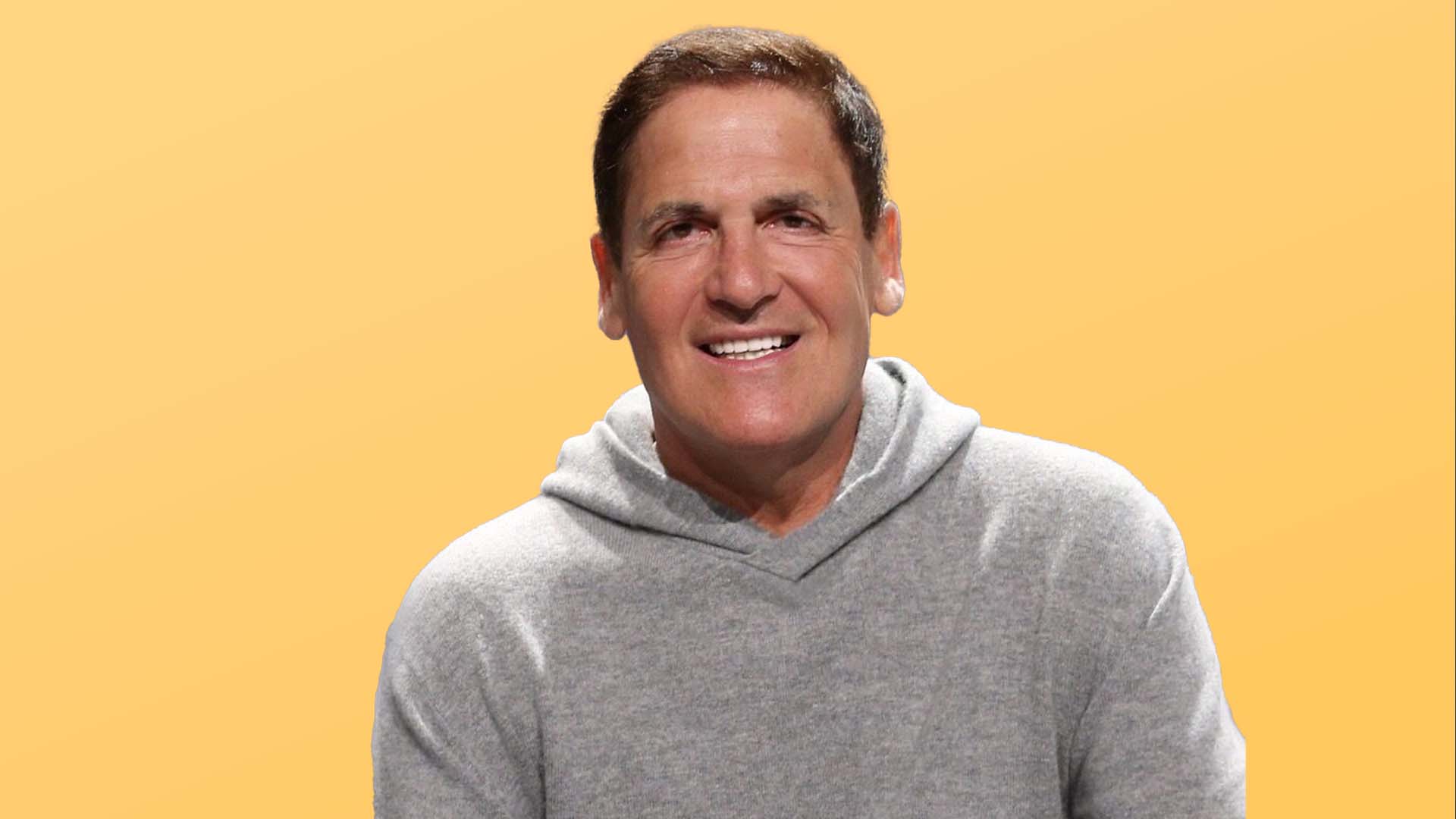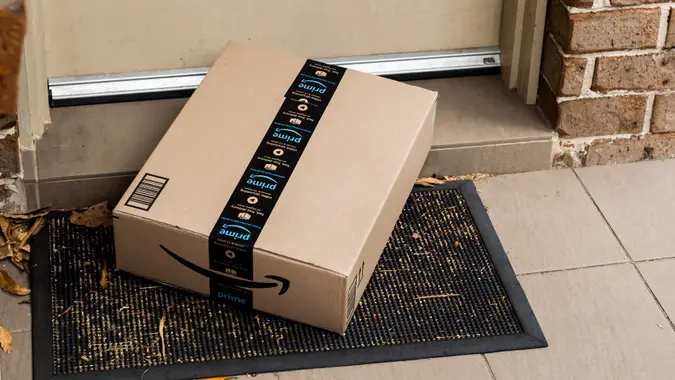The One Money Habit That Will Have Your Kid Thanking You When They Grow Up, According to Liz Claman

Commitment to Our Readers
GOBankingRates' editorial team is committed to bringing you unbiased reviews and information. We use data-driven methodologies to evaluate financial products and services - our reviews and ratings are not influenced by advertisers. You can read more about our editorial guidelines and our products and services review methodology.

20 Years
Helping You Live Richer

Reviewed
by Experts

Trusted by
Millions of Readers
There’s a famous saying about parenting you’ve probably seen stitched on a pillow: “There are two gifts we should give our children: One is roots, and the other, wings.” But there’s a third gift that should’ve been included — an investment account.
As a seasoned financial journalist and host of The Claman Countdown on FOX Business Network, Liz Claman has interviewed some of the sharpest minds in finance — not just about how they built their fortunes, but also about the money lessons they pass down to their children. She says there’s one habit so powerful that, if you start it early, your kids will be thanking you once they reach their 20s: teaching them how to invest.
Claman spoke with GOBankingRates as part of our Top 100 Money Experts series, highlighting why parents should turn their kids into early investors, along with other timeless lessons about money, patience and hard work.
Teach Your Kids To Invest Early
Between birthday and holiday cards stuffed with cash and weekly allowance — many kids end up sitting on a sweet stockpile of cash. You may let your kids spend some of that money on toys or games (or whatever the kids are buying these days), but you’re also encouraging them to put some of it in savings. Claman says that doesn’t go far enough.
“Basic checking and savings accounts don’t pay much interest these days,” she said. “The better idea is to open an investing account for them, and each time, buy a share or a slice of a share of the S&P 500, which is comprised of 500 of the best companies in America. There are many exchange-traded funds (ETFs) that mimic the S&P: They’ve got tickers like SPY and IVV.”
Your children will thank you — not only for the returns, but for giving them a strong start and modeling smart investing habits. Claman notes this strategy has the blessing of one of the greatest investors alive.
“Warren Buffett, arguably the greatest investor of our time, says over the long term, that investment will give you great returns, and by the time your child is 20 or so, they’ll be on their knees thanking you for teaching them the best way to grow money,” she said.
Help Your Kids Break Impulsive Spending
Another perk of investing early is that you’re teaching your kids the value of delayed gratification. According to Claman, patience is a key skill for managing your money — and it’s a learned skill.
“Kids by nature are impulsive. If someone gives them 10 bucks, they’ll rush to buy a toy or candy. That toy will soon break, and the candy will be eaten. Gone,” she said. “It’s important to teach them that spending in the moment is a waste of money. Saving in the short term doesn’t feel great, but in the long term, it’s way more gratifying.”
Setting up investments for your kids at an early age can help them embrace consistency, patience, and good planning habits — at a time in their lives when many of their peers may spend quickly and regret it later.
Teach Your Kids the Value of Hard Work
Investing is important, but Claman also stresses that kids need to learn the value of earning money — even if they’ve grown up financially comfortable. She recalls an interview with Hank Greenberg, the former chairman and CEO of AIG, who grew up poor but later became extremely wealthy.
By the time Greenberg had his own kids, he was living in a large apartment on Fifth Avenue in New York City. But he didn’t want his kids growing up entitled.
“I asked how he was able to raise his kids with good values while living a privileged life, and he said, ‘The minute they turned 16, no more summer camp. They had to find a job — whether it was scooping ice cream or being a camp counselor. They needed to understand that nothing is a given,'” Claman recalled.
Bottom Line
Roots, wings, and investing knowledge — these are the gifts that parents should share with their children to prepare them for long-term success.
Setting up an investment account for your young children helps them develop positive money mindsets while enabling them to benefit from long-term returns — something they’ll undoubtedly be grateful for. While you build their investing skills, you can also teach your kids the value of patience and hard work, ensuring they have the grit and resilience to thrive.
This article is part of GOBankingRates’ Top 100 Money Experts series, where we spotlight expert answers to the biggest financial questions Americans are asking. Have a question of your own? Share it on our hub — and you’ll be entered for a chance to win $500.
More From GoBankingRates
 Written by
Written by  Edited by
Edited by  Money Expert
Money Expert 









































































































